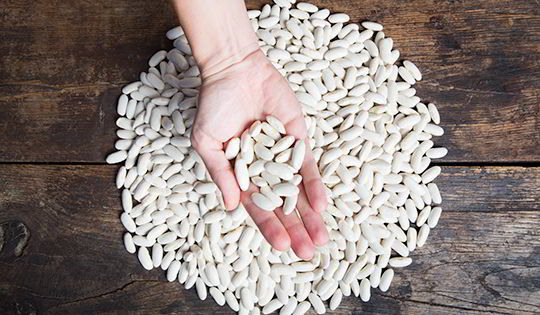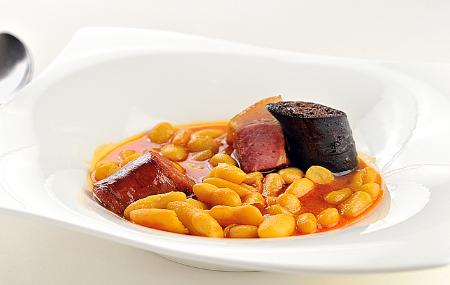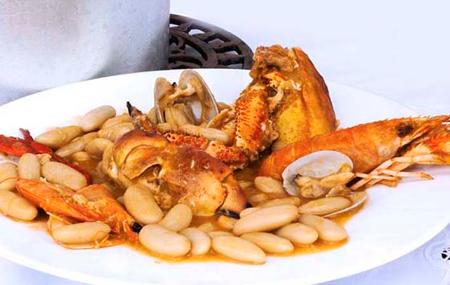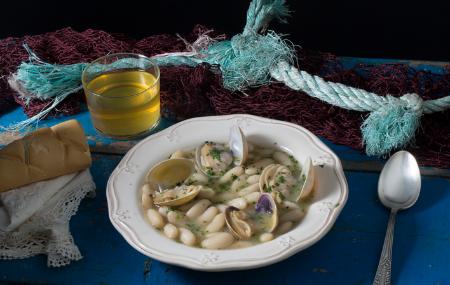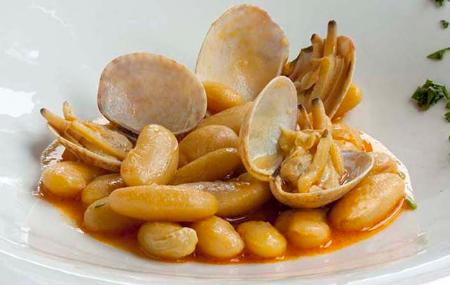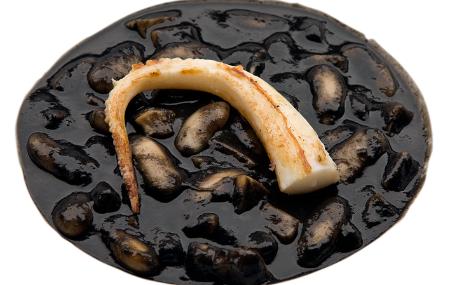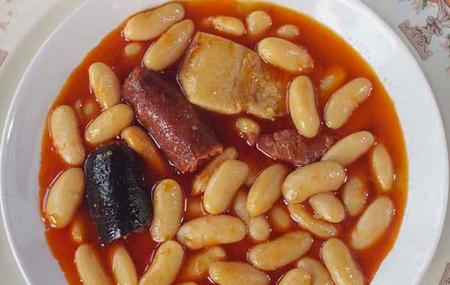Visiting Asturias and not eating a fabada is like going to Covadonga and not seeing the Santina. Les fabes (beans) are a religion in the Principality. They grow in the meadows near the rivers and they are protected by a Protected Geographical Indication. Why?
Because beans of a good size but with tougher skin keep arriving from the other side of the Atlantic, and there, no self-respecting Asturian goes. So, if you want to have the guarantee of taking home ‘the best beans' as a souvenir, be sure to look for the stamp that guarantees that they are from the "tierrina".
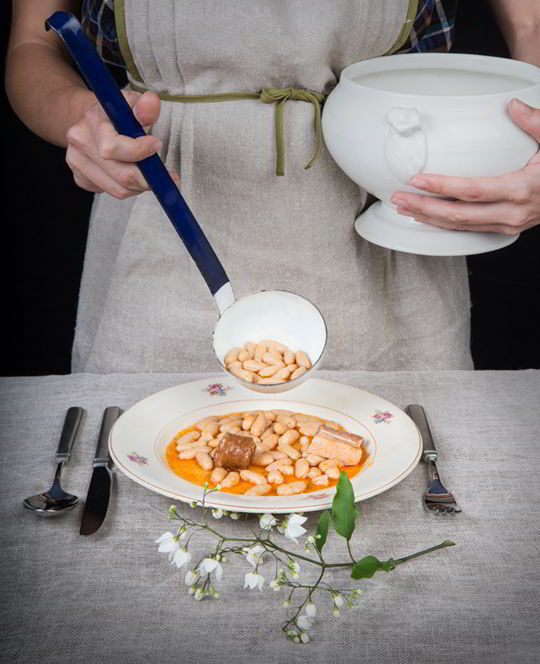
Eight years ago, during their Cultural and Gastronomic Week of beans, Villaviciosa launched a competition that assessed the establishments with the best fabada. The fact is, it has rapidly gained prestige and winning this competition is synonymous with full diaries and dozens of reports in the media throughout the whole country. If you like fabada, here are the seven winners, seven fabada temples: Casa Chema (Oviedo, 2011 and 2017), El Moreno (Villaviciosa, 2012), El Llar de Viri (Candamo, 2013), Sidrería Bedriñana (Villaviciosa, 2014), Los Pomares (Gijón, 2015), Vista Alegre (Colunga, 2016), Gaucho Fierro (Siero, 2018) and La Sauceda (Peñamellera Baja, 2019).
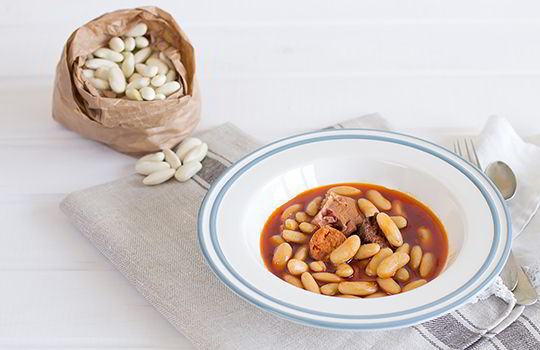
Almost all the restaurants offer this delicacy which as well as the Asturian bean, contains other important ingredients, such as chorizo, black pudding (the key secret to a good fabada), pork shoulder and other meats derived from pork to the taste of each chef. Recommending a cooking time is a risk-taking sport, because it depends on the area that they come from, the hardness of the water (outside Asturias it's better to use mineral water) and on how the harvest has been. Usually, it is around two hours but don't take our word for it.

Some people use fresh beans, also called green beans (not to be confused with verdinas which are a different bean).
The traditional fabada has given way to the use of less fat and the use of chicken stock and butter which give oiliness and shine to beans. If we add to this that many catering establishments currently cook the chorizo and black pudding only half the time in the same pot and then take them off the heat, then we obtain a ‘lighter' fabada.
If you want to seem like an expert in beans, you might observe that the stock is thickened, the beans are creamy and melt in the mouth, and the black pudding falls off the skin and doesn't contain large pieces of loin.
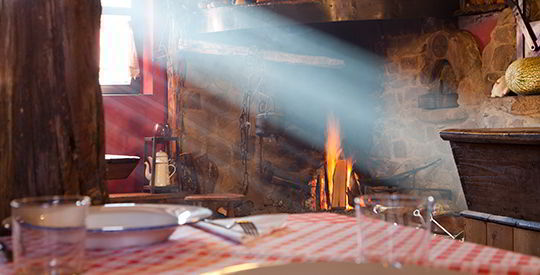
As soon as it is harvested, it is frozen within hours, keeping its own natural water and therefore not needing to be soaked. The dry bean absorbs the stock more and has more taste, whilst the fresh bean achieves a very interesting thin skin. Try them and judge for yourself. When you ask if it is fresh or dry, the waiter will be surprised. As well as all this, including Iberian bacon has also become a trend, something that is increasingly common in restaurants.
First savour the bean on its own against your palate, then play with every mouthful, combining beans and another of the ingredients of the meat ensemble on the same spoon. The excessive use of saffron, a chicken stock that is too present or too much spice in the ensemble will be criticised.
The ‘IGP Faba Asturiana' was created in 1990 to preserve this vegetable, which is being eclipsed by beans imported from South America. The technical experts from the Regulating Council control the plantations and certify not only the origin but also the size and quality. Not all the beans labelled as being ‘de la Granja' are Asturian. If it doesn't have the IGP Faba Asturiana stamp, they could be pulling the wool over your eyes. However, at the moment they only consider and allow production of the dry bean, the fresh bean is not included in the quality mark.
